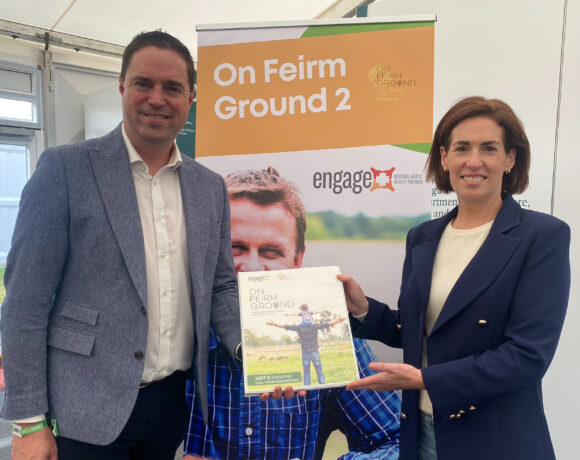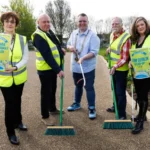In a study carried out prior to the Covid 19 crisis, the Economic and Social Research Institute found that visits to green spaces are associated with positive outcomes for general health, cardiovascular health, as well as mental health and well-being. The health impacts are greatest at low visit levels, meaning those who visit once a month can also experience the benefits. It also found the more visitor facilities available, the higher the potential of visits to green spaces.
The salutary potential of urban greenspace for users’ physical and mental health has been investigated in a large number of empirical studies. Additionally, the pathways by which users derive health benefits from greenspace have been theorised; which include opportunities for psychological restorative experiences, physical activity and social interaction. In this paper, the relationship between health, current use of public greenspace and preferences for attributes within green settings are examined. First, the ESRI considered how several health indicators are associated with visits to greenspace to understand the benefits of current greenspace availability within cities.
To address potential sorting and sample selection into greenspace use, a structural regression model is estimated within a two-step procedure. A choice experiment methodology was used to assess people’s preferences for attributes which can be provided in greenspaces. The utility afforded by each attribute is evaluated separately, facilitating an assessment of the potential increase in visitation associated with varying levels of greenspace attributes. Data originated from a survey of Irish citizens. Results indicate that higher levels of visitation to green spaces are related to better health. Moreover, the attribute preference exploration suggests that number of visits are likely to increase with the provision of specific greenspace attributes, particularly visitor facilities.
Though completed before the current Covid-19 crisis, this research has even
greater relevance now when daily exercise is one of the few activities that is
allowed under the current public health restrictions. Visiting green space, such as
public parks, is associated with health and well-being effects. We find that visits to
green space are associated with positive outcomes for general health,
cardiovascular health, as well as mental health and well-being. Most significantly,
the health impacts are greatest at low visit levels, i.e., even those who visit just
once a month can experience the benefits. For example, increasing the number of
green space visits from zero to just once per month is associated with a 4-
percentage point increase in the probability of experiencing good mental health
and well-being, from 65 percent to 69 percent. Further increasing the number of
green space visits to 8 times per month (i.e. twice a week) is associated with an
additional 7-percentage point increase in the probability of experiencing good
mental health and well-being.
The second part of the research examines what features within our greenspaces
are likely to generate higher visiting rates, which is important for planning and
design of greenspace. Within our public parks people have a clear preference for
higher tree density, but the park attributes that are most likely to attract visitors
are facilities such as exercise equipment, coffee shops, and public toilets. In terms of park landscape, water features are also a key feature likely to lead to additional park visits.
BACKGROUND
This research is based on data from face-to-face interviews with just over 1,000
adults. The survey was designed to be representative of the population of urban residents in Ireland and the sample was stratified by age, gender, education and place of residence. Respondents were asked about their health and wellbeing, exercise and park visiting routines, as well as their preferences between multiple public park design scenarios. Using statistical techniques we identified (i) the association between self-reported health outcomes and a variety of respondent characteristics, including visits to green spaces; and (ii) the relative importance of different public park design attributes, including park layout, and visitor facilities such as toilets, exercise equipment, and cafes.
POLICY IMPLICATIONS
The research finding on positive health status associated with visiting green spaces confirms in the Irish context well established international literature. The policy implications are both immediate and ongoing. Within the context of the ongoing Covid-19 crisis the results show the importance of maintaining access to green spaces for exercise. In the context of urban planning and new housing
developments it highlights the need for provision of green public spaces.
The research also provides clear guidance to urban planners on park design and
features that are most likely to drive highest usage, increase visitor numbers and
achieve a greater public health dividend. Park visits are influenced by design
features (e.g. size, layout) and facilities (e.g. toilets, equipment) with the facilities
having a substantially greater impact. Expanding existing parks is unlikely to be
feasible in most instances but their internal landscape could be reconfigured. The
changes that are likely to have the greatest impact on park visits are the addition
of visitor facilities, which are often less expensive than landscape redesign. The
enhancement of parks depends on several factors including available resources
although international experience shows that successful projects are based around broad stakeholder consultation.
Authors are Gianluca Grilli, Gretta Mohan, John Curtis and the research can be found here













